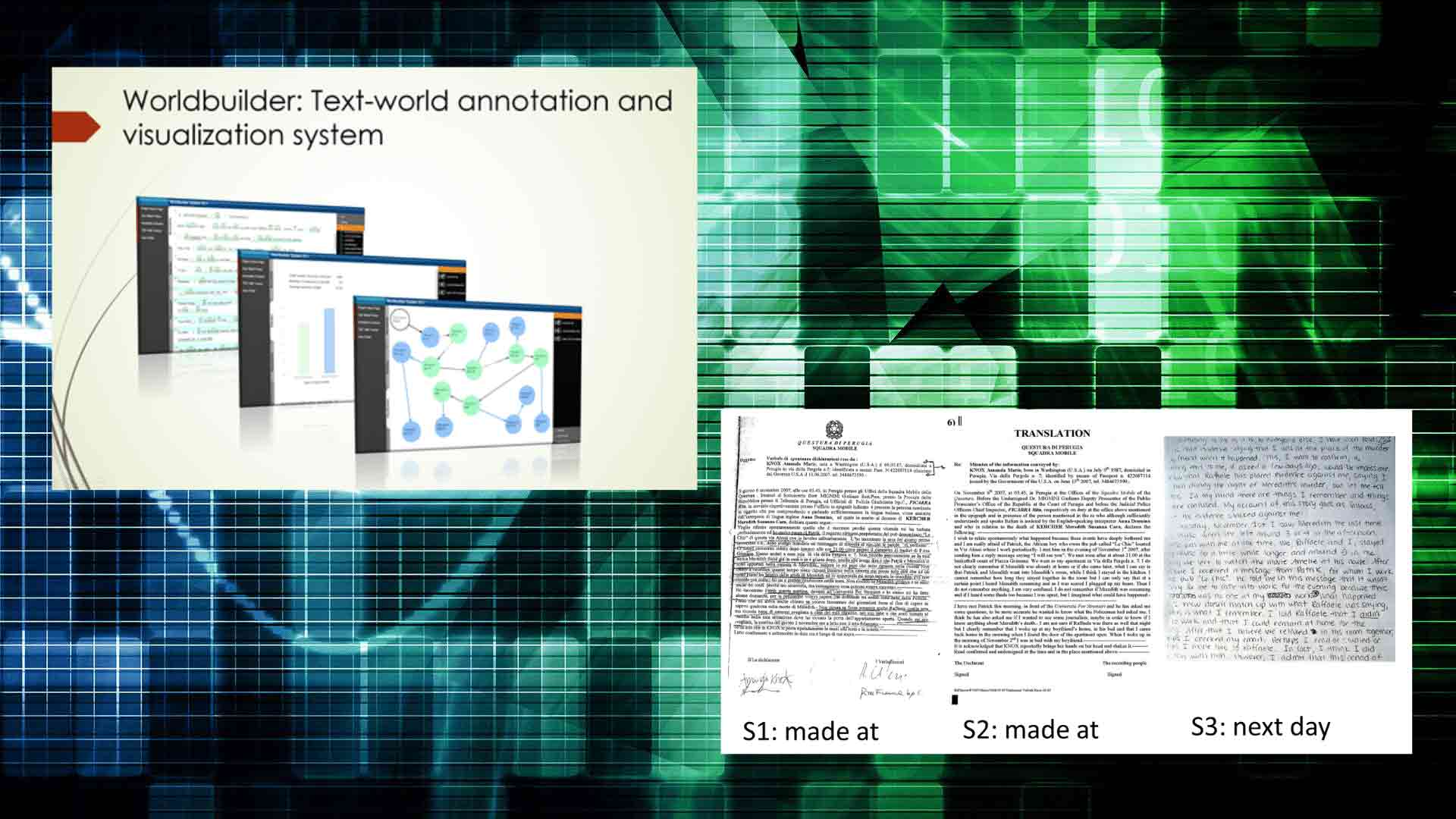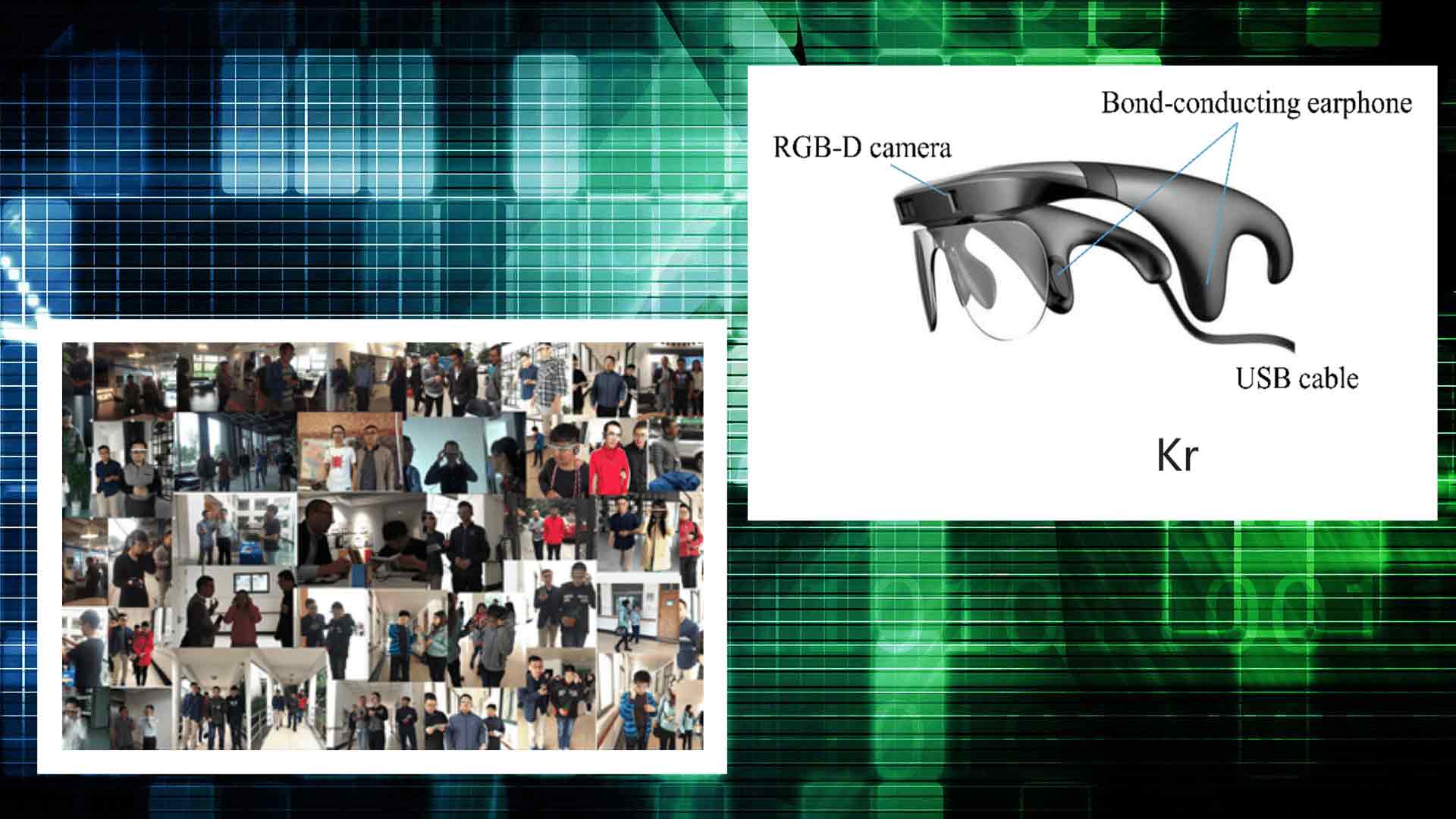Impact
The impacts of CVIC studies can be summarized under three headings:
- New forensic imaging technologies for law enforcement
- Enabling automation in a bicycle factory
- Commercialization of wearable devices for visually impaired individuals
New forensic imaging technologies for law enforcement
Forensic imaging scientists at the Shaanxi Electronic Information Scene Investigation (EISI) in China collaborated with the UOH CVIC since 2010. One project (GJHZ20160301164521358) resulted in the creation of a real-time crowd behaviour analysis capability that was trialled as a live system in the southern Chinese city of ShenZhen and significantly reduced the number of people required for continuous (24-hour) real-time monitoring. The in-house developed WorldBuilder toolkit allowed crime investigations to be accelerated by new statement analysis and visualization functions.

Enabling automation in a bicycle factory
The China-based Shanghai Phoenix Company. Ltd. produced 4.89 million bicycles in 2019 and exported to more than 50 countries. In 2000 the manufacturing practices of the company were similar to those seen in Europe in the 1920s. Since then, the company has collaborated with various global research institutions to accelerate the modernisation of its production lines. The CVIC at UoH provided research and consultancy-based support since 2010, focused on the design and development of an efficient shop floor by utilizing virtual manufacturing-based planning and simulation. This enabled Phoenix to modernize its production operations to match current global best practices in just a decade and be more energy-efficient and cost-effective.

Visual guidance systems
Visual guidance systems were jointly developed with the sector leading Second2None Machine Vision Systems Co. Ltd. These included the ‘Long-Rui’ series of smart vision sensors, which were applied to a series of vision appliances used for robot guidance, 3-D detection, visual alignment, and welding control in two of Phoenix’s plants. The company has been able to sell the new product to Epsom and Yamaha. It has grown for five years in a row and was named a Star Company in Shenzhen City.

Commercialization of wearable devices for visually impaired individuals
The research facilitated ShiKe (KrVision) Ltd to commercialize wearables and headsets for the visually impaired in 2016. It exploited patented technologies and the open-source API developed jointly by the University of Huddersfield and Zhejiang University. The product featured cutting-edge functionality in scene localization, video augmentation and sign, and text recognition, plus the capability to render the information synthesised from the data in audio form. A visually impaired user of the wearable device said “My life has been utterly transformed by my new headset. I can now move about more easily outside my home, confident that I will have a better warning of any obstacles I need to avoid”.
